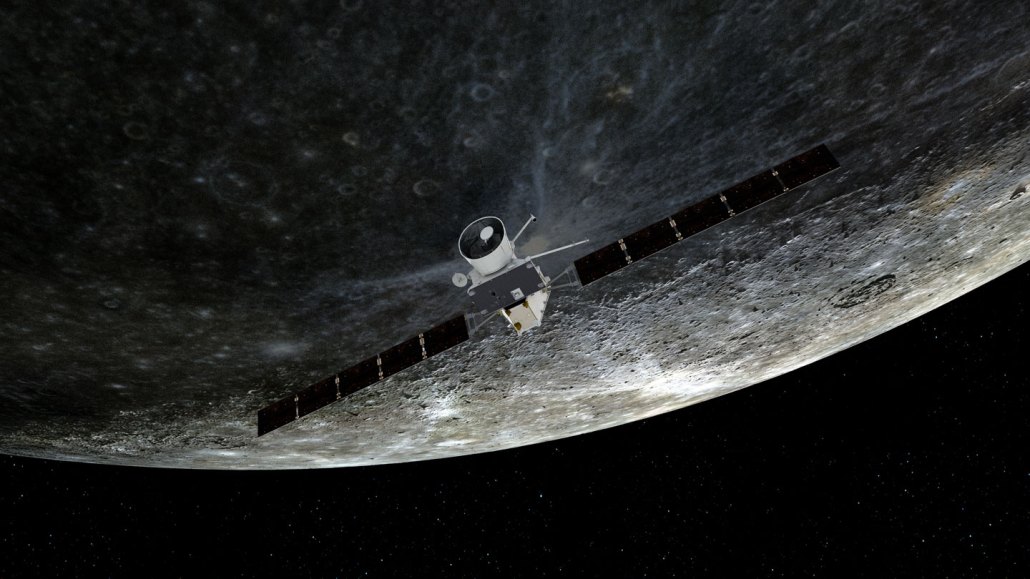A rain of electrons causes Mercury’s X-ray auroras
The discovery hints that auroras on all planets except Neptune have a common explanation

With new data from the BepiColombo probe (illustrated), scientists have shown that electrons rain down on the surface of Mercury, causing its X-ray auroras.
ESA, ATG medialab